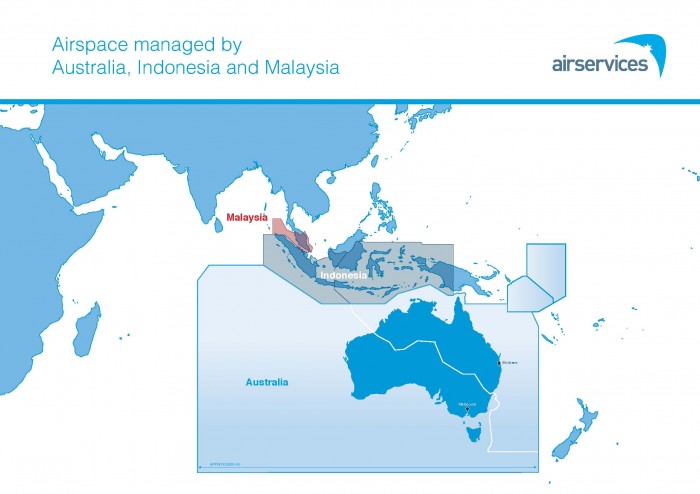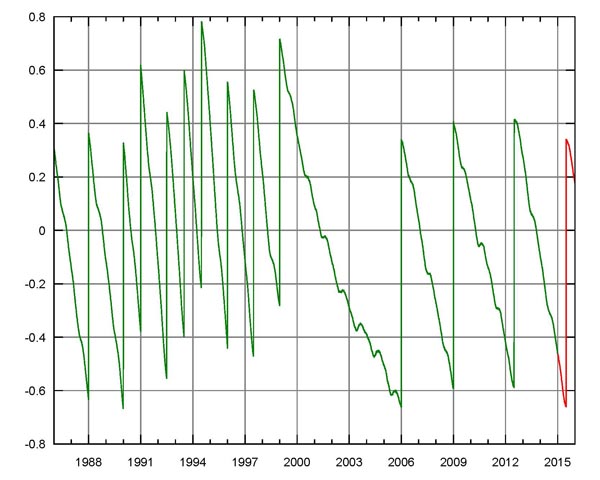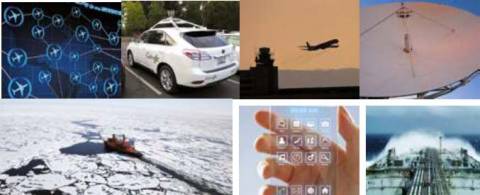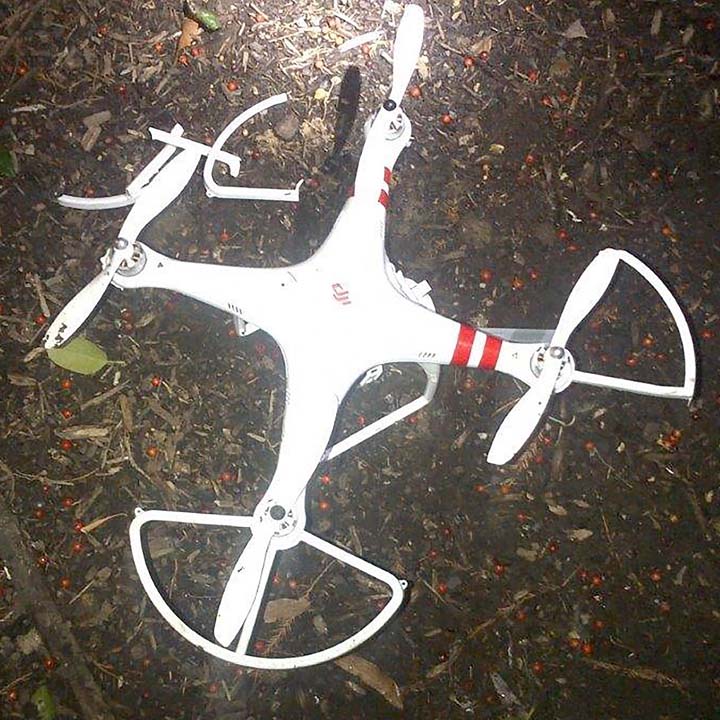Launch of IRNSS-1D Delayed Due to Technical Problem

The Indian Space Research Organization (ISRO) has postponed launch of the fourth Indian Regional Navigation Satellite System spacecraft (IRNSS-1D), originally scheduled for March 9, due to an anomaly. During integrated electrical checks of the PSLV-C27 launch vehicle and IRNSS-1D after the closure of heat shield on March 3, an anomaly was observed in one of the telemetry transmitters of the satellite.
By Inside GNSS













